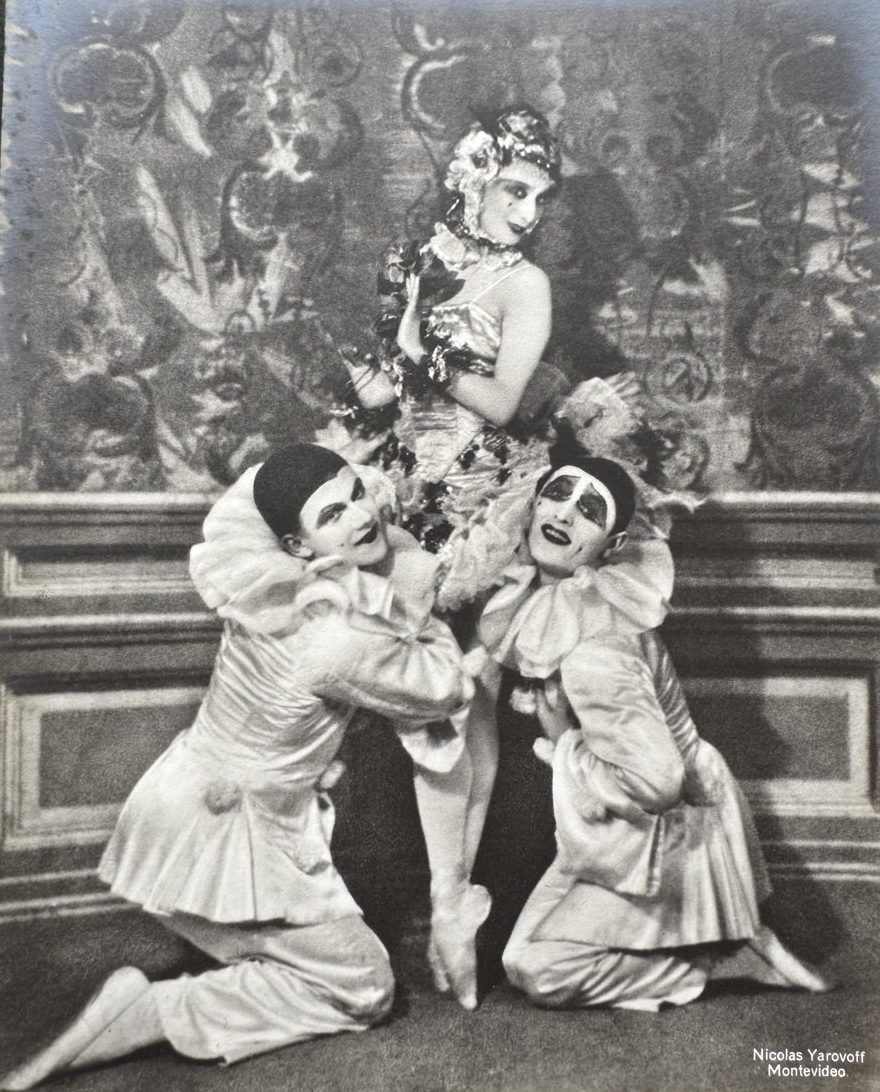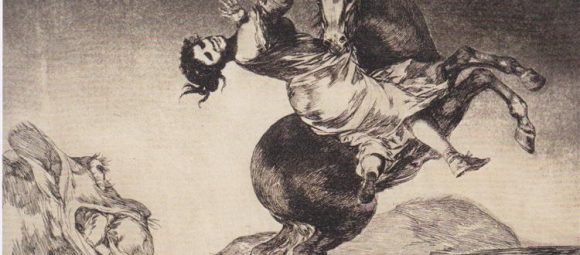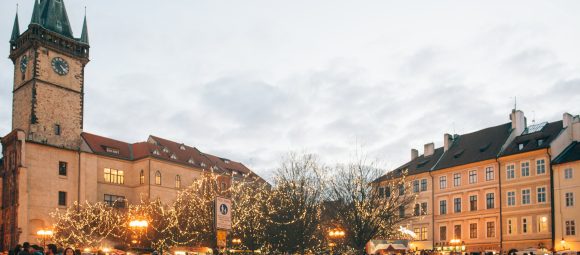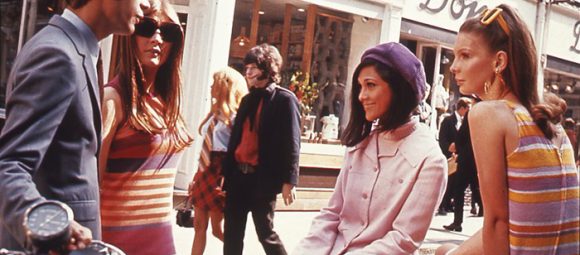Ballet: A Journey Through Grace, Power, and Global Influence
From the royal courts of Renaissance Italy to the grand stages of New York and Havana, the story of ballet is a story of elegance, endurance, and transformation. Few art forms have traveled so far, evolved so boldly, and captured the imagination of so many across cultures and continents.
Born in the Courts of Power
Ballet’s roots reach back to the Italian Renaissance of the 15th century, where lavish court entertainments blended dance, poetry, and music. The word balletto—a diminutive of ballo, or dance—described these early spectacles.
It was Catherine de’ Medici, the Italian-born queen of France, who transplanted this tradition into the French court. Her 1581 production Le Ballet Comique de la Reine is widely recognized as the first true ballet performance.
But it was King Louis XIV of France, the “Sun King,” who formalized the art. As both a passionate dancer and a powerful monarch, he founded the Académie Royale de Danse in 1661, establishing ballet as a professional discipline. Under his reign, the five basic positions of ballet were codified by his ballet master Pierre Beauchamp—positions still practiced worldwide today.
From Nobility to Pointe Shoes
For centuries, ballet remained an elite pursuit. Men dominated the stage, and only in the late 1600s did women begin performing publicly. The real revolution, however, arrived in the early 19th century with the ethereal rise of Marie Taglioni. Her role in La Sylphide (1832), performed en pointe (on the tips of her toes), marked the dawn of the Romantic ballet era and transformed the ballerina into a symbol of otherworldly grace.

Russian Reinvention and Global Reach
As ballet waned in France and Italy, it flourished in Russia, becoming a national treasure. With the support of the tsars, Marius Petipa, a French choreographer, created timeless masterpieces in St. Petersburg: Swan Lake, The Nutcracker, and Sleeping Beauty, all set to music by Tchaikovsky.
In the first half of the 20th century, Anna Pavlova brought ballet to the world. After conquering the European stage and performing in the United States, she embarked on a groundbreaking global tour that reached nearly 50 countries. From the temples of India to the theatres of Argentina, Pavlova often introduced ballet to regions where it had never been seen before, inspiring generations of dancers and dreamers.
Around the same time, Sergei Diaghilev’s Ballets Russes, based in Paris, ignited a creative explosion that shattered conventions and thrilled audiences. Collaborating with groundbreaking artists such as Pablo Picasso, Igor Stravinsky, and Vaslav Nijinsky, the Ballets Russes revolutionized choreography, staging, costume, and musical structure.
Icons, Symbols, and Surprises
• Anna Pavlova was, and remains, an enduring icon. Her legendary solo The Dying Swan became a ballet emblem across the globe. It’s no exaggeration to say that without her, the global fame and reach of ballet would not be what it is today.
• Ballet shoes are high-performance tools, often custom-fit and destroyed within days. Professional ballerinas can go through hundreds of pairs each year.
• Some roles are full of hidden meaning. For instance, in Swan Lake, the dual characters Odette (white swan) and Odile (black swan) are often interpreted as symbols of innocence versus seduction.
• The debate continues: who choreographed the most iconic scenes of Swan Lake—Petipa or his assistant Lev Ivanov?

Why Ballet Endures
Ballet is more than an art form—it is a visual language, a philosophical discipline, and a window into the societies that shape it. It has the power to enchant a Parisian salon or a Cuban schoolroom, to speak through stillness and flight, to express sorrow without words and joy with just a gesture.
Today, ballet continues to evolve: blending with contemporary dance, hip-hop, and digital technology, while never losing sight of its poetic roots. From TikTok performances to AI-assisted choreography, the future of ballet is as dynamic as its past.
At ANNO Media, we believe that behind every pirouette lies a story of history, humanity, and hope. Whether you’re watching a classic ballet at the Bolshoi or a modern piece in Havana, you’re witnessing the pulse of culture through movement.



